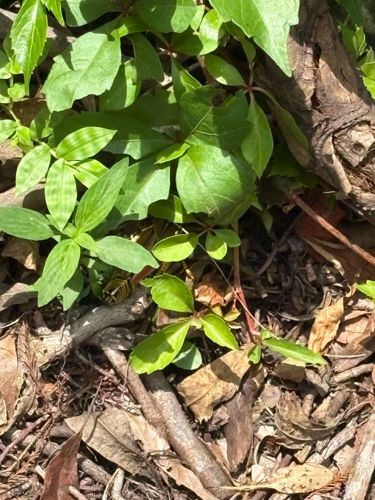Honey Bee
Scientific Name: Apis mellifera
Order & Family: Hymenoptera, Apidae
Size: Workers typically 10-15 mm (0.4-0.6 inches) long; queens are larger, males (drones) slightly larger than workers.

Natural Habitat
Found in a wide variety of habitats including forests, grasslands, gardens, and agricultural areas, often near flowering plants. They build nests (hives) in sheltered locations like tree cavities or man-made structures.
Diet & Feeding
Adult honey bees primarily feed on nectar for carbohydrates (energy) and pollen for protein and other nutrients. Larvae are fed royal jelly, pollen, and honey.
Behavior Patterns
Honey bees are social insects living in colonies with a queen, workers, and drones. They are known for their complex communication, including the 'waggle dance' to indicate food sources. They collect nectar and pollen, produce honey and beeswax, and perform crucial pollination services. They are most active during daylight hours when flowers are blooming.
Risks & Benefits
Benefits: Essential pollinators for many crops and wild plants, contributing significantly to biodiversity and food production. Produce honey, beeswax, propolis, and royal jelly, which are valuable products. Risks: Can sting if threatened, which can be painful and cause allergic reactions in sensitive individuals. Swarms can be intimidating but are generally not aggressive unless provoked.
Identified on: 9/6/2025